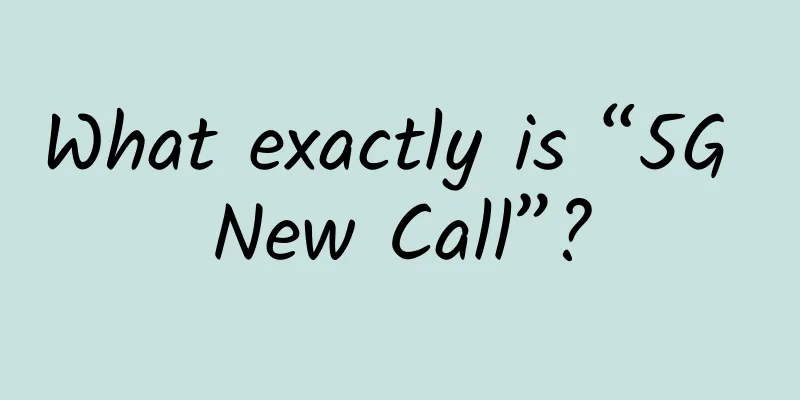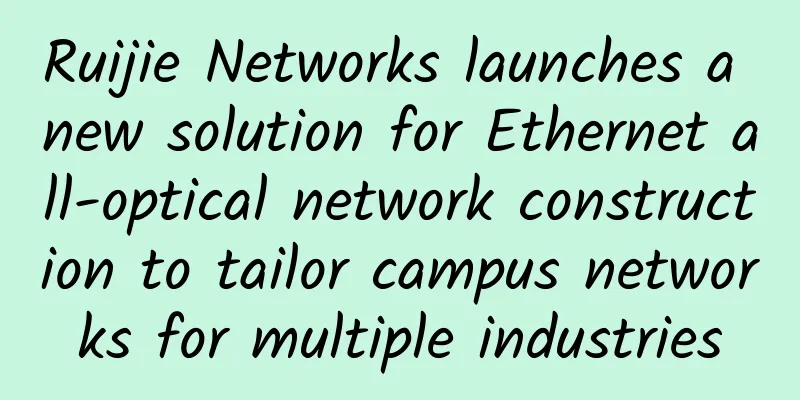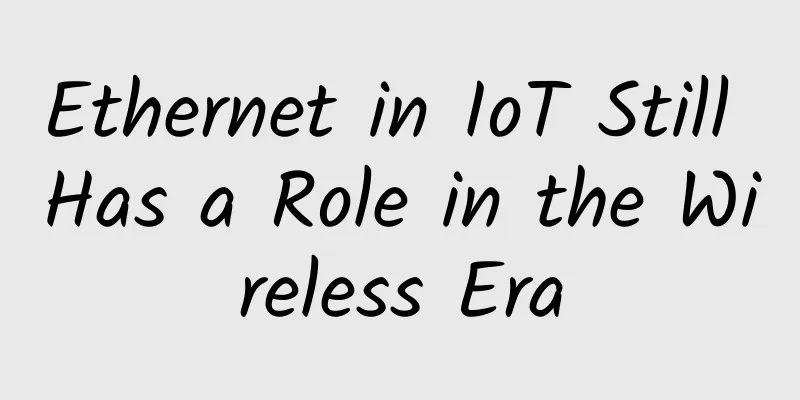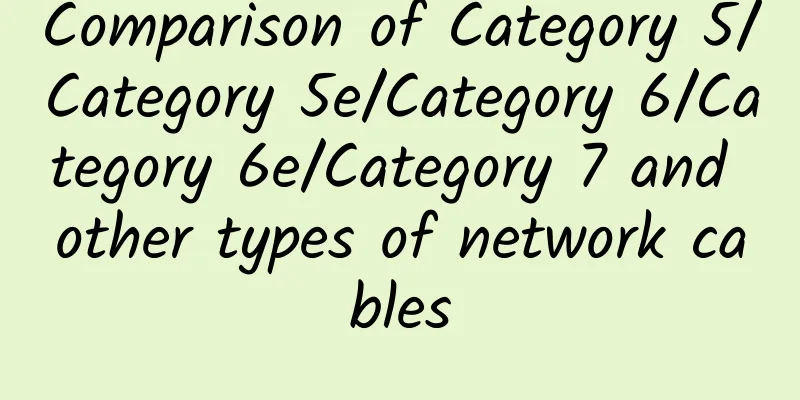What exactly is “5G New Call”?

|
In today’s article, let’s talk about a very popular concept this year – “5G New Calls”. When Xiaozaojun first heard about “5G New Calls”, he thought it was a new version of VoNR. Later, after some careful study, I realized that "5G New Call" is not VoNR, but an enhanced version of VoNR - "VoNR+". For non-professionals, it may be a bit confusing at this point - what exactly is VoNR? What is the difference between VoNR+ and VoNR? Don’t be impatient, let’s start from the beginning. From circuit switching to packet switching: the rise of VoXXVoice calls have always been a basic communication need of human beings and the most commonly used form of communication. Since Alexander Graham Bell invented the telephone in 1876, for more than 100 years, human communication networks have been built based on "voice circuits". That is to say, if I want to call you, then the communication network must build a "circuit" to connect you and me. This circuit is also called a "circuit" in the industry. This network switching method is also called "circuit switching". In the 1970s and 1980s, when mobile communications first began to emerge (1G-2G), it was also "circuit switching". In the 1980s and 1990s, with the rise of Ethernet, TCP/IP, and the Internet, human communication needs began to change dramatically. The main development direction of communication technology shifted from serving traditional voice communications (circuit switching) to serving data message communications (packet switching). Mobile communication networks also followed this development trend. Therefore, starting from 3G, the focus was on developing data services, and the network shifted from the "circuit domain" to the "packet domain" and gradually became IP-based. This brings up a question - Voice calls, which have been developed for more than 100 years, are all based on circuit switching. In the 3G and 4G eras, the network has become packet switching. So, how can voice phone services be implemented? We can't give up the phone function, right? Therefore, 3GPP proposed IMS (IP Multimedia Subsystem). Simply put, IMS is a server built on an IP network that specializes in providing multimedia services. Voice calls, text messages, pictures, audio, and video are all multimedia services. Therefore, the functions of IMS are very powerful. At the 4G stage, the communications industry plans to completely abandon circuit switching equipment. All future networks will be packet switched. LTE is positioned as a pure IP network. Then, services such as voice calls are implemented by the cooperation of "LTE (packet switching) + IMS". This service is the famous VoLTE (Voice over LTE, voice calls based on 4G). Around 2016, when 4G was just being commercialized, operators vigorously promoted VoLTE. I wonder if you still remember it. Operator's VoLTE poster (from China Unicom) As time goes by, we have 5G. So, VoLTE must also be upgraded. So, there is VoNR (Voice over New Radio, voice based on 5G new air interface). VoNR is an upgraded version of VoLTE. Their technical architectures are very similar and still rely on IMS. From a capability perspective, VoNR has improved slightly. First of all, pure VoNR does not need to fall back to the 2G/3G/4G network when making a call, and the call connection time is faster. It is said that it can be as low as 2 seconds, and the lowest is only 1.6 seconds. Data from Net Optimization Mercenary Secondly, the audio call quality is improved. VoNR can use EVS (Enhance Voice Services) codec, which has stronger anti-frame loss, anti-delay, anti-jitter and high-fidelity capabilities. The sound transmission bandwidth is expanded from 50Hz-7000Hz to 20Hz-14000Hz, reaching the sound quality level of high-fidelity headphones. Third, the quality of video calls is improved. VoNR can support 720p resolution, which is clearer than the 480p of VoLTE calls and the 540p of WeChat video calls. █ VoNR+: The second spring of voice callsVoNR is the ultimate solution for voice call services in the 5G era. But can it do more than just make calls? As we all know, after years of construction, our 5G network has begun to take shape. The number of 5G base stations in China has exceeded 27 billion, and the number of 5G users has reached 634 million. The value of 5G has always been controversial among the public. Regardless of the situation on the B-side vertical industry side (which remains to be seen), at least on the C-side side, users have little perception of it and do not quite recognize it. Therefore, the communications industry, including operators and equipment manufacturers, has been looking for explosive applications for 5G and exploring users' pain points and needs. The needs of the C-end are, in fact, just food, clothing, housing, transportation, food, drink, entertainment, such as chatting, games, videos, etc. The only hope for high-bandwidth services is VR/AR and the metaverse. As a result, after several years of development, nothing has been done. Therefore, the industry has once again focused its attention on basic business. What are basic services? Text messaging and phone calls. Therefore, the communications industry proposed "5G messages" for text messages and "5G new calls" for calls. I have previously introduced 5G messaging (What exactly is 5G messaging?), so I will not repeat it today. I will focus on "5G New Calls". To put it simply, 5G New Call is an enhanced voice call service based on 5G networks. It provides more functions around the traditional voice call service, such as intelligent translation, fun calls, intelligent customer service, content sharing, remote assistance, etc. These features can bring users a more interesting, lively and diverse calling experience, and also help commercial enterprises better reach users and provide services to them. █ Technical principles of 5G new callsBefore we learn about the functions of 5G New Call in detail, let’s first look at the technical principles of 5G New Call. As mentioned earlier, VoLTE and VoNR are both multimedia services implemented with the help of IMS. On the basis of traditional data services (Internet access services), a large channel is established between the terminal and IMS via the 4G/5G network. This large channel is also divided into small channels such as audio channel, video channel and signaling channel. Traditional VoLTE/VoNR audio and video call services are implemented with the help of these small channels. The new 5G call service introduces a new channel based on these existing channels, called the Data Channel (DC). Data Channel Source: Huawei This new channel can be used to transmit text, pictures, videos, files, locations, actions, graffiti, menus, VR/AR and a lot of other things, and it can also give rise to many interesting ways of playing. The network architecture and business processes of IMS DC are relatively complex. If I talk too much about it, everyone will definitely go from "getting started to giving up". From 3GPP TS 23.228 In simple terms, it adds several new network elements and upgrades existing ones (traditional IMS cannot support 5G high-performance networks in terms of capabilities). At the same time, it moves towards the 5G microservices (Service Based Interface, SBA) architecture (details link). Anyway, remember that the system framework and protocol foundation of IMS remain unchanged, only a new data channel has been added. The system does not care about the content and format of the channel, as long as both parties reach an agreement. On IMS, a platform capability is built, which can be opened to third parties. Specific services are developed by third parties and carried on the IMS DC channel. 5G New Call Deployment Solution (From China Broadcasting Corporation's 5G New Call White Paper) The technology used by 5G new calls to transmit diverse content is actually the same as the Internet, that is, Web technology. For example: HTML and CSS languages are used for page display; JavaScript is used for business logic implementation; and API interfaces are used to call underlying functions. █ Business categories of new 5G callsNext, let’s take a look at the service categories of new 5G calls. There are so many ways to play with 5G new calls, and different operators and manufacturers have different names for these ways of playing, so it may look a bit confusing. I briefly sorted it out and it roughly includes the following categories:
This is a typical "funny" business specifically targeting young people. Simply put, during a call, a three-dimensional character model or background is built in real time to create digital human images of both parties (cartoon avatars, etc.). Then, you can send emoticons (flowers, cakes, bombs) while talking to increase the fun. From China Radio and Television Adding data channels also creates the possibility for VR/AR calls. In the future, both parties can talk together in the metaverse.
During a call, based on voice recognition technology, the system automatically identifies what the other party is saying and displays it on the screen in text form. This feature is very useful for the hearing-impaired, as they can now make phone calls. From China Radio and Television This function is also very helpful for some meeting needs, as it can generate text meeting minutes in real time. Based on voice recognition into text, 5G new calls can also translate text content based on machine translation technology to facilitate cross-language social needs. From now on, you don’t have to panic when you call foreigners. Content sharing/remote assistanceDuring a call, both parties can share their screen contents, files, location information, and even watch the same video. When sharing content, the other party can mark the content. When marking a person or object in the video, if the person or object moves, the mark will automatically move with it. Remote screen sharing and markup From China Mobile In new 5G calls, one party can also request remote assistance from the other party. This function is obviously very suitable for us to guide the elderly at home on mobile phone operation. It can also be used for remote operation and maintenance and problem handling of enterprises.
When making a call, the caller can push relevant information about himself to the called user through text, pictures, videos, etc., such as name, identity, purpose of call, location, and importance of the call. From Huawei This information can be displayed on the called user's mobile phone screen, making it easier for the called user to decide whether to answer the call. This will be helpful for some government business calls and in combating telecommunications fraud.
The diversified service content is obviously also suitable for toB scenarios, such as intelligent customer service. Traditional telephone customer service only provides voice prompts and then requires users to press number keys to make selections. With the new 5G calls, first of all, digital customer service can appear, which is more visual. From China Mobile Secondly, during a call, a detailed service menu will be displayed on the screen, and users can make selections just like in the app (such as ordering food, placing orders, and booking tickets). These features prevent users from being stuck on lengthy voice call waiting times, greatly improve problem-solving efficiency, and also improve customer satisfaction. It is worth mentioning that the currently popular AI models such as chatGPT and Wenxin Yiyan can also be combined with 5G new calls in the future to make intelligent customer service more like real people. Please note that all the applications we mentioned above are natively supported by the mobile phone and there is no need to install their own apps. In other words, the new 5G call service integrates various apps into the terminal application list in the form of mini-programs, and the network side automatically pushes them to the terminal to realize the service. (Moreover, all these services do not occupy the traffic fee, but only occupy the VoLTE/VoNR call time.) For users, all they need to do is open the phone's native dial pad. (Many phones don't support this yet.) 5G new call support architecture on the terminal side (From China Mobile's 5G New Call Technology White Paper) This reduces the difficulty of using new 5G calls and is conducive to the rapid popularization of services. █ Commercial progress of 5G new callsIn 2020, the 3GPP SA4 working group first introduced the concept of Data Channel into IMS in R16. Since then, the new business has entered a fast lane of development. At the end of 2021, the 3GPP SA2 working group launched a project in R18 to study and standardize the IMS Data Channel architecture, interfaces and processes, as well as the AR communication service architecture, interfaces and processes based on IMS Data Channel. The project will be completed soon. In addition to 3GPP, GSMA has also taken action. They started the formulation of the IMS Data Channel Profile specification in early 2022, and the specification (GSMA PRD NG.134) has now entered the pre-release approval process. Operators are very enthusiastic about the implementation of existing network projects. They have carried out 5G new call testing and verification early on, and also preheated the project in major public places. In April 2022, China Mobile officially launched the new 5G call product, becoming the world's first telecom operator to launch this service. Not long ago, on May 16, China Mobile and Qualcomm announced that they had joined hands with mobile phone manufacturers including vivo, Xiaomi and ZTE to complete the end-to-end service verification of 5G new calls based on IMS Data Channel in laboratory and field environments. At present, the four domestic operators are promoting the pilot of 5G new calls. Chip and terminal manufacturers are also accelerating the progress. We can say that 5G new calls have gradually entered the commercialization stage. █ The value and significance of 5G new calls5G New Call, in a nutshell, is a new service and application of 5G. It is an upgrade of the basic call service, which, with the help of 5G's high performance, provides richer communication content and forms, and brings a more interesting experience. Looking at the bigger picture, the operators’ ambitions are actually hidden behind this business. As we all know, after the rise of the Internet, companies like Tencent, Alibaba, and Baidu have served a large number of users in the form of OTT (Over the TOP) and made a lot of money. However, operators have gradually become pipelines, and their income has been greatly affected. Therefore, operators have always hoped to get into the business level. Even if they only control the traffic entrance, they can participate in the user business and get some share of the cake. New 5G calls and 5G messages are counterattack opportunities that operators value very much. As you can see, if users really use these services, they can bypass the App ecosystem and the WeChat mini-program ecosystem and directly establish business service channels with business service providers (airlines, water, electricity and gas companies, e-commerce, hospitals, etc.). Who will control this new ecosystem? Operator. Although the operators have good ideas, it is hard to say whether things will go as planned. Like 5G messaging, 5G new calls face considerable challenges. First of all, users’ usage habits are not easy to change. Everyone is used to using apps and WeChat mini-programs, and now it is very difficult to change their usage habits. Secondly, if you want to make 5G new calls and 5G messages successful, the most important thing is the ecosystem. Although you have built a platform, are business service providers willing to join? Is the development cost of a third-party platform high? Is this investment worthwhile if there are few users in the early stage? These are all open to discussion. If service providers do not join, there will be few new 5G calls and 5G messages, and users will not be willing to use them. This is a vicious circle. Third, in addition to some B-side services (customer service, fault reporting), as an ordinary user, whether you are willing to accept "fun calls" and "content sharing" is also a problem. In this society, there are both social bullies and social phobias. Many people say that now that communication is advanced, people talk to each other less. Nowadays, each of our mobile phones supports video calls. However, most people rarely use the video call function, and sometimes they are even reluctant to make voice calls and just send a WeChat message, right? Therefore, we may have magnified the user's demand for an immersive call experience. The essence of communication, perhaps the most simple way, happens to be the most appropriate way. ConclusionIn short, as a new service, we still need to treat 5G new calls with calmness. As time goes by, when more and more users use this service, we will know what it will bring and whether it can be successful. I am personally looking forward to it and have signed up to try it out. I will report my experience to you when I actually use it. Well, that's all for today. Thank you for your patience! If you think the article is good, please share it! Thank you very much! References: 1. "China Broadcasting and Television 5G New Call White Paper (2023 Edition)" 2. China Mobile 5G New Call Technology White Paper 2022; 3. China Academy of Information and Communications Technology: 5G New Call Technology and Business Innovation Research Report (2022) 4. What is “5G New Call”? Talk about 5G terminals; 5. "VoNR is here. What exactly is it?", Network Optimization Mercenary; 6. “What is “5G New Call”? ZTE document. |
<<: What are 2.5G and 5G Multi-Gigabit Ports?
Recommend
Friendhosting Spring Promotion, VPS at least 45% off for half a year starting from 7.6 euros
Friendhosting is a Bulgarian hosting company esta...
Telecommunications industry trends in 2017: SDN/NFV matures and wireless technologies become more unified
As the old saying goes, "It's hard to pr...
Cisco unveils future networks that can self-learn, self-adjust and self-evolve
Cisco's next-generation network can continuou...
This year we have seen the rapid and joint development of artificial intelligence and 5G
For the first time, RedMonk replaced Java in the ...
[6.18] Moack: $35.64/month-2xE5-2630L/32GB/1TB/10M bandwidth/South Korea server
Moack.co.kr is a Chinese merchant who mainly sell...
Do you understand these IPv6 issues?
[[348221]] 1. We are currently using IPv4 network...
HostYun Japan Osaka AMD series VPS simple test
In March this year, we shared information about H...
Facebook Open/R, the next generation routing platform and the future of network engineering
[[213724]]...
Innovation is the key to 5G's "three good"
Wen Ku, director of the Information and Communica...
Analysis: Advantages and limitations of wireless data centers
For data center operators, the idea of a wirele...
[11.11] 66 Cloud VPS 20% off for monthly payment and 40% off for annual payment, Hong Kong/US/Korea/Japan data centers available
666clouds has launched a special promotion during...
Three misconceptions about 5G
In late 2019, IDC predicted that the number of 5G...
Practice: How to connect two routers through WAN and LAN ports respectively?
The IP addresses of two routers in a network segm...
8 technologies that are changing IT services
No one can deny that service is a job performed b...
Media Statement on the U.S. Department of Commerce’s Modification of the Direct Product Rule Regarding Huawei
Huawei strongly opposes the US Department of Comm...









